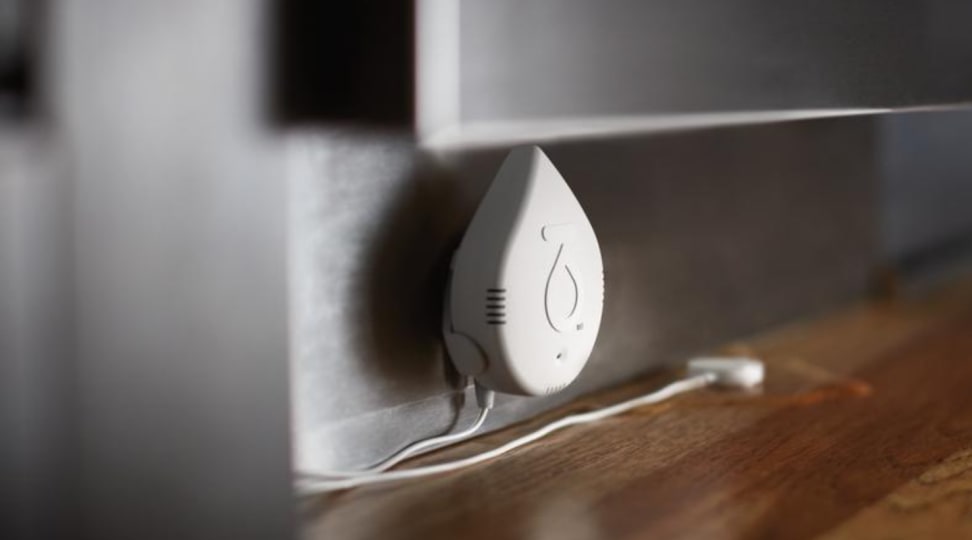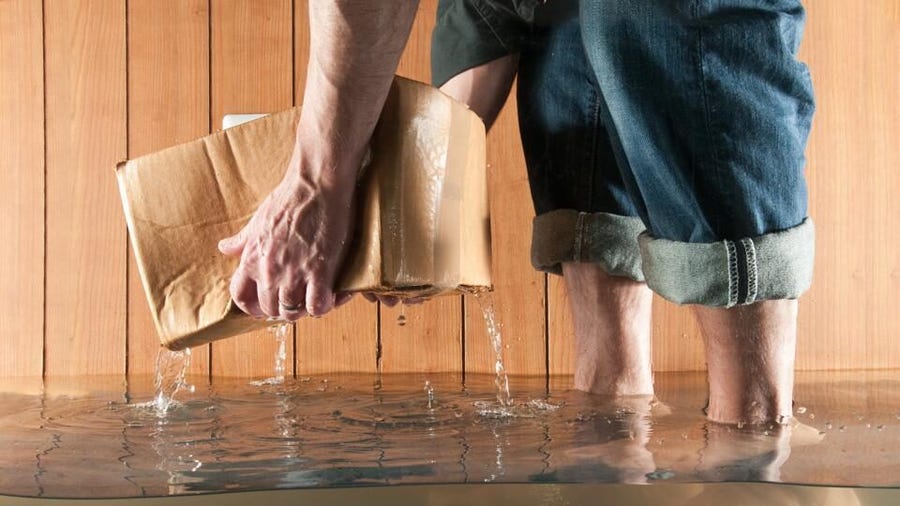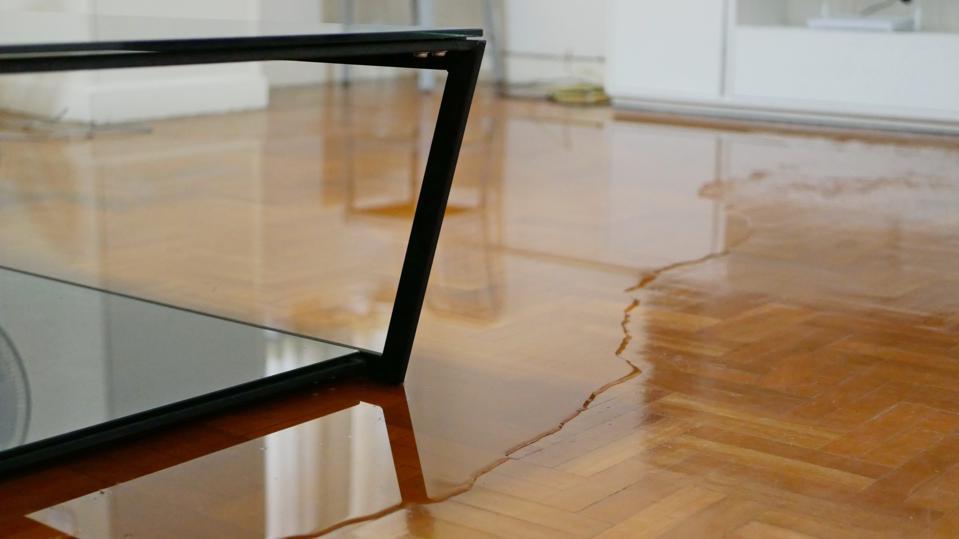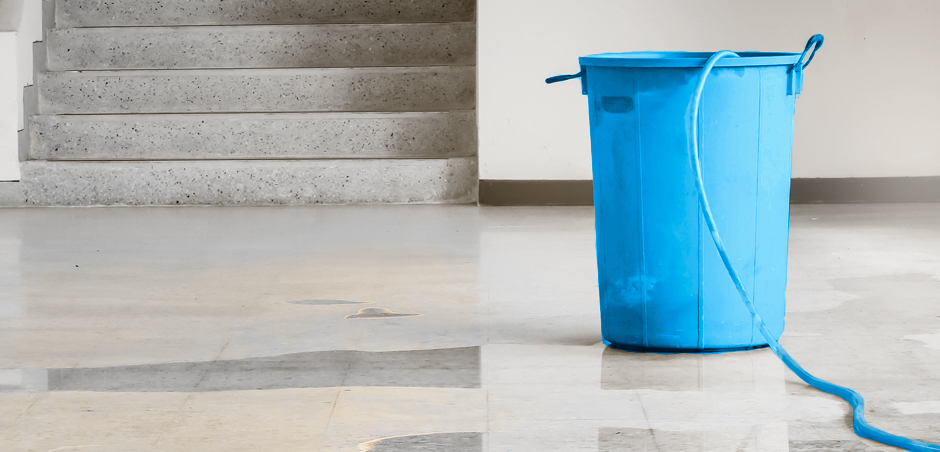Water damage can wreak havoc on businesses, resulting in property damage, lost revenue, and disrupted operations. With climate change leading to more frequent extreme weather events and aging infrastructure, the risk of water damage is only increasing. However, businesses can take proactive measures to protect themselves from water damage’s financial and operational fallout.
Why should businesses protect themselves against water damage, and how can they do so? This article will examine some tips to help prevent water damage for businesses and the cleanup process if it occurs.
Tips to Protect Businesses from Water Damage
Here are some tips to help businesses protect themselves from water damage:
1. Invest in Water Detection Technology

Source: reviewed.usatoday.com
Businesses can use water detection technology to identify potential water damage issues early, allowing them to take action before the damage becomes severe. This technology can include sensors, alarms, and automatic shut-off valves. By investing in water detection technology, businesses can quickly detect and respond to potential water damage issues.
For instance, water sensors can be installed in areas of the building at high risk for water damage, such as near pipes or in the basement. These sensors can detect even small amounts of water and trigger an alarm or notification to building managers. Automatic shut-off valves can also be installed to automatically shut off the water supply in case of a leak or other water damage. It is advisable to seek a professional’s assistance to ensure the installation is done correctly.
2. Create an Emergency Response Plan
Developing an emergency response plan can help businesses respond quickly and effectively to water damage incidents. This plan should include emergency contact information, a list of key personnel, and instructions for turning off water sources. Businesses with a plan can minimize the damage caused by water damage incidents and ensure a quick and effective response.
Furthermore, businesses should consider holding regular emergency response drills to ensure all employees are familiar with the plan and know what to do in an emergency.
3. Invest in Flood Insurance

Source: forbes.com
Flood insurance can provide businesses with financial protection in the event of water damage caused by flooding. It is important to note that standard commercial property insurance typically does not cover flood damage. By investing in flood insurance, businesses can ensure they are protected in the event of a flood-related water damage incident.
4. Conduct Regular Maintenance and Inspections
Regular maintenance and inspections can help identify potential water damage risks before they become significant. It can include checking for leaks, repairing damaged pipes, and inspecting roofs, gutters, and downspouts. Businesses should consider hiring a professional to conduct regular maintenance and inspections at least once a year.
5. Install a Sump Pump
Installing a sump pump is an effective way to protect a building from water damage. This device provides a means to drain water from the building’s interior and prevent it from accumulating and causing damage. Investing in a battery-powered backup system is also crucial to ensuring that the sump pump continues operating during power outages.
Water Damage Cleanup Process

Source: forbes.com
Water damage can cause significant damage to a property, leading to mold growth and other health hazards if not properly cleaned up. The steps involved in the water damage cleanup are as follows:
1. Assessment
Start by determining the extent of the damage. It includes determining the source of the water damage and how much water has affected the property.
2. Removal of Standing Water
After determining the extent of the damage, remove any standing water. Pumps and other equipment are used to extract water from the property.
3. Drying
The affected area must be dried after the standing water has been removed. Dehumidifiers, fans, and other equipment can remove any moisture left on the property.
4. Cleanup
The cleanup can begin once the affected area has dried. It includes removing damaged materials, such as drywall or flooring, that cannot be salvaged. Cleaning and disinfecting the area is also required to prevent mold growth and other health hazards.
5. Restoration
After the cleanup, the property must be restored to its pre-damaged condition. It could include replacing flooring, drywall, and other materials removed during the cleanup process.
Water damage cleanup is a complicated process that necessitates specialized equipment and knowledge. To ensure that the process is done correctly and effectively, hiring a professional water damage restoration company is critical.
Businesses need to take proactive measures to protect their premises from water damage. By implementing the tips discussed above, such as regular maintenance, installing backup systems, and having an emergency plan, businesses can minimize the risk of water damage and avoid the associated costs and disruptions. It’s important to remember that prevention is key, and taking the time to safeguard against water damage now can save businesses significant time and money in the long run.
In conclusion, water damage can cause significant financial and operational damage to businesses. However, by taking proactive measures to prevent water damage, businesses can minimize the risk and avoid associated costs and disruptions. Tips to protect against water damage include investing in water detection technology, creating an emergency response plan, investing in flood insurance, conducting regular maintenance and inspections, and installing a sump pump. In the event of water damage, it’s essential to follow a proper cleanup process, including assessment, removal of standing water, drying, cleanup, and restoration. Businesses should consider hiring a professional water damage restoration company to ensure the process is done correctly and effectively. By taking the time to safeguard against water damage now, businesses can save significant time and money in the long run.



























